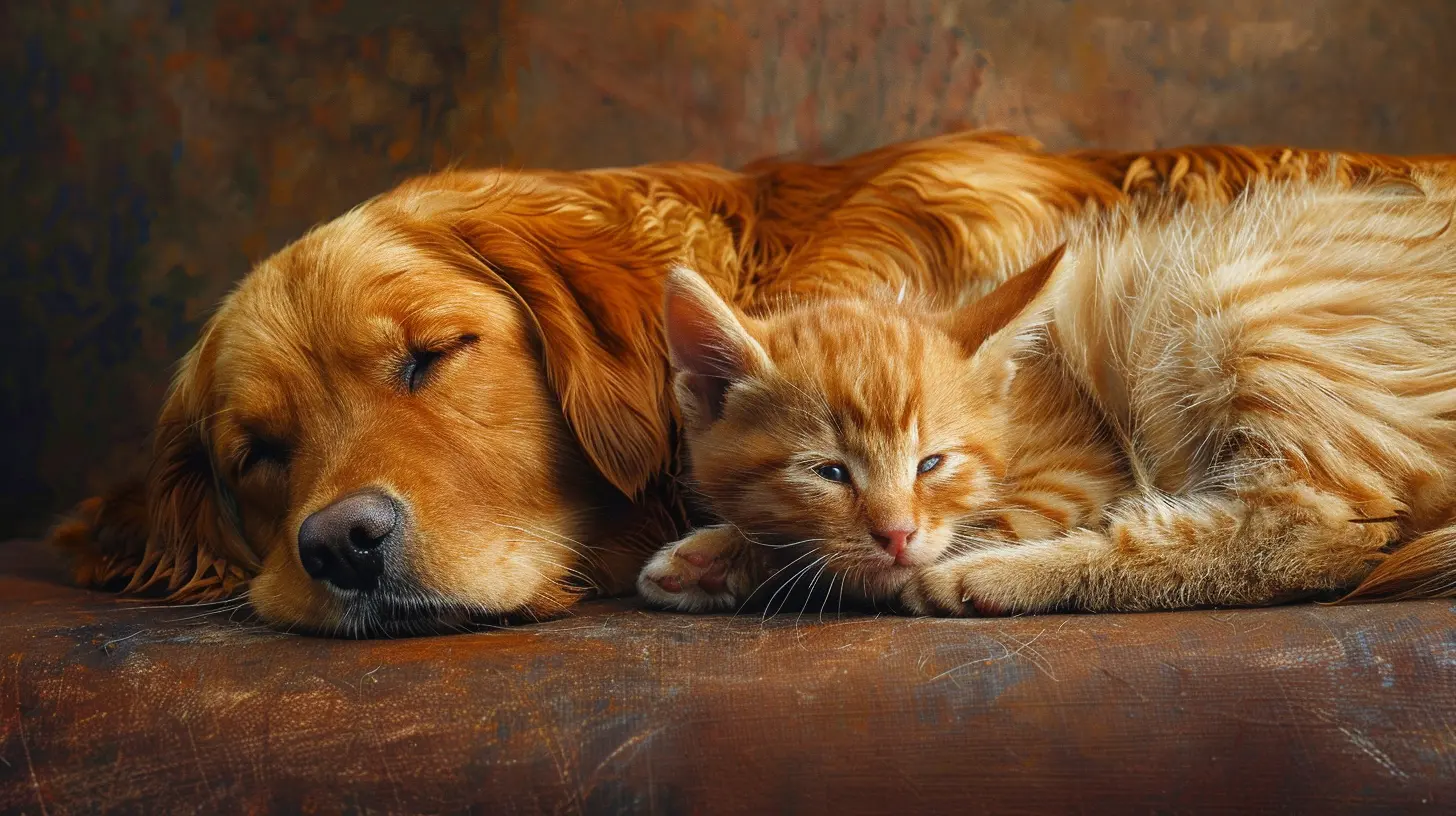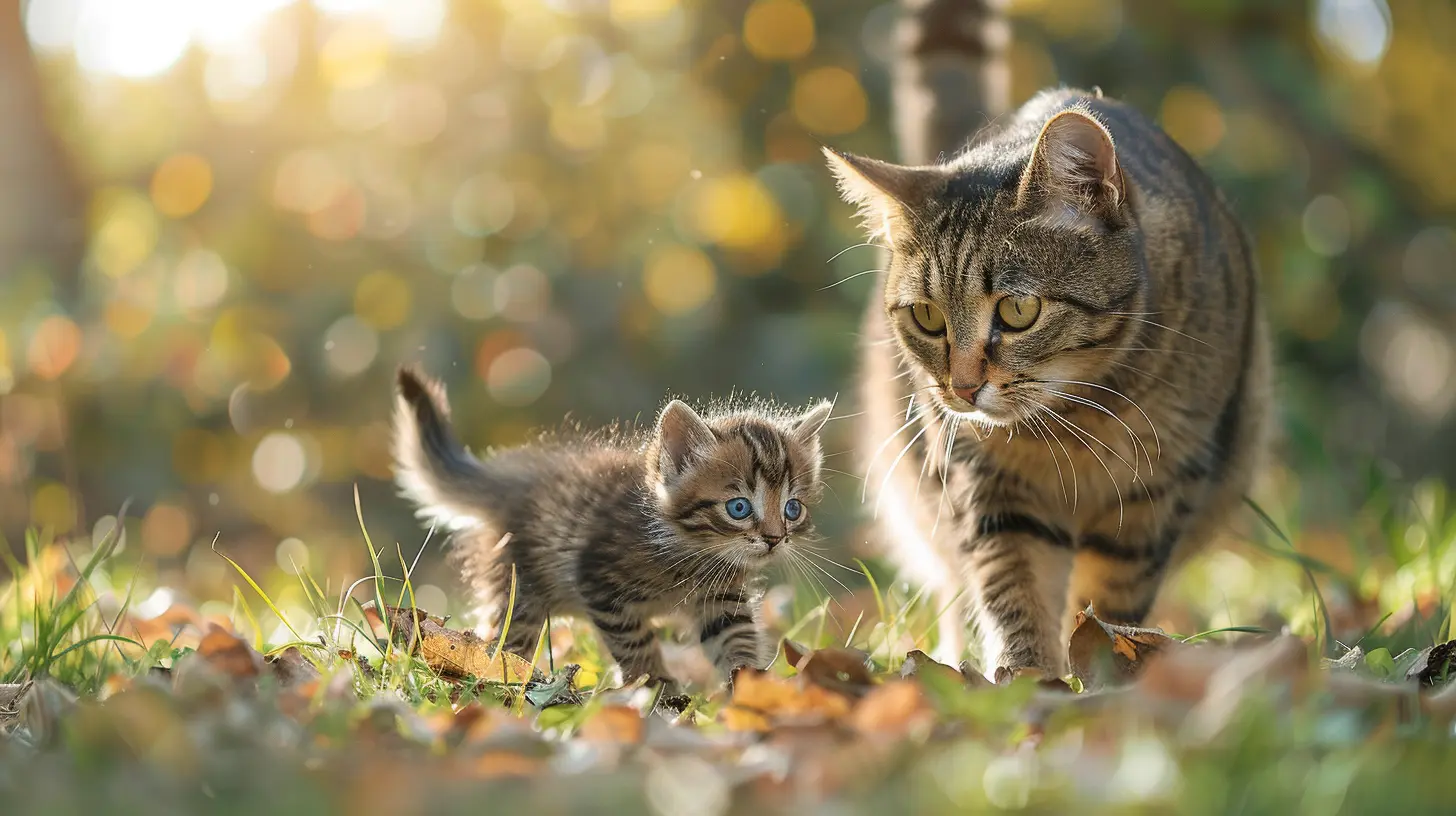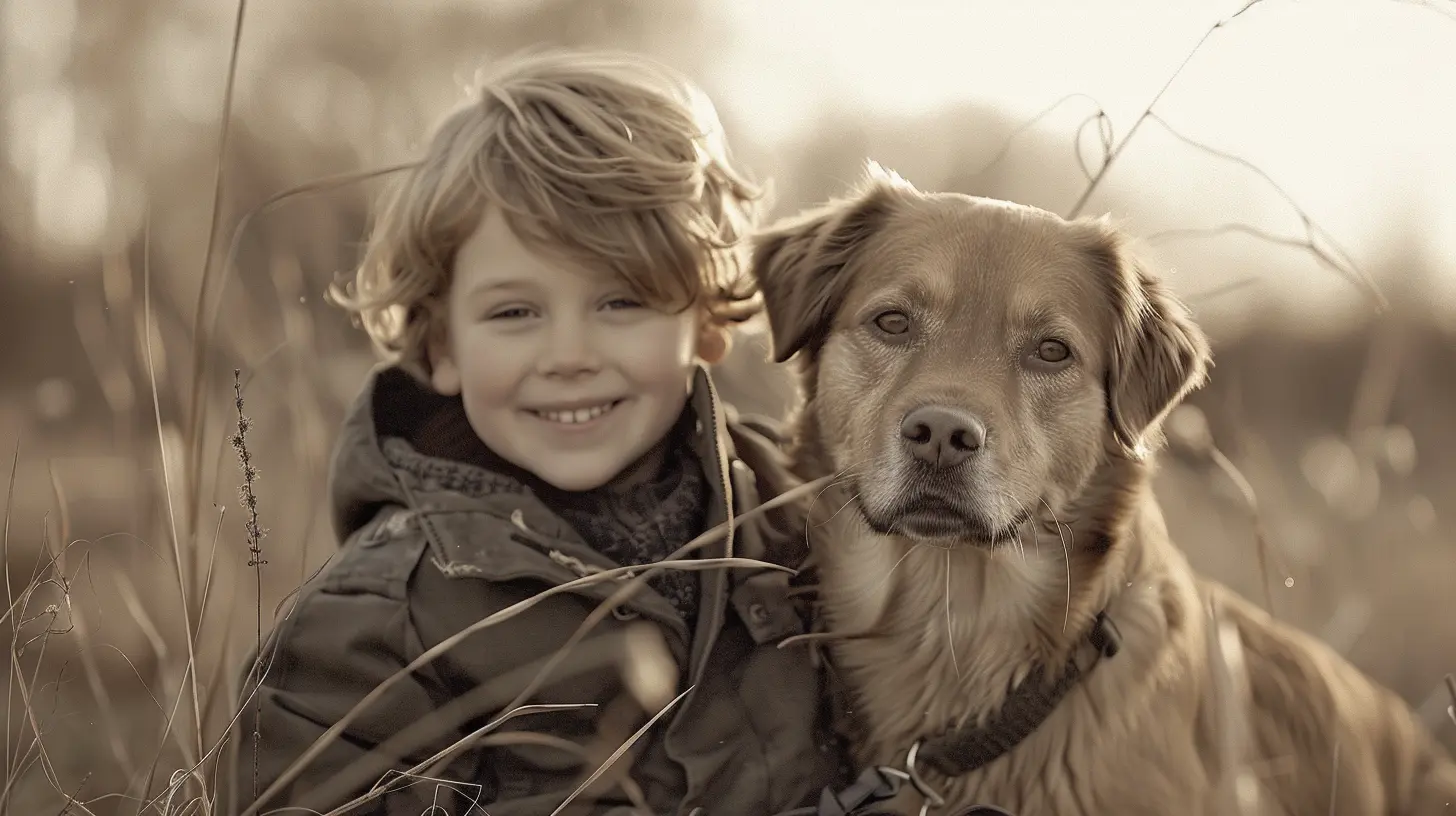Fostering a Sense of Responsibility with Pets
9 June 2025
Bringing a pet into your home is one of the most rewarding experiences for a child. Beyond the cuddles and playtime, pets teach kids essential life skills—compassion, patience, and, most importantly, responsibility. As parents, it’s our job to ensure our children understand that a pet is not just a toy but a living being that depends on them.
So, how can we encourage our kids to take on the responsibility of pet ownership? Let’s dive into practical ways to instill a sense of accountability and care in our little ones while ensuring our furry (or scaly!) friends are well looked after.

Why Having a Pet Teaches Responsibility
A pet isn’t just a cute companion—it can be one of the best teachers in your child’s life. When kids are involved in pet care, they learn about commitment, routine, and empathy.Think about it—pets rely on us for food, shelter, and love, just like humans do. Feeding a dog or cleaning a hamster’s cage isn’t just another chore; it’s a lesson in dependability. When children take ownership of these tasks, they begin to understand the importance of consistency and care.
The Emotional Growth That Comes with Pet Care
Caring for a pet goes beyond just meeting their physical needs. It helps kids develop emotional intelligence. They learn to recognize when a pet is happy, anxious, or unwell. This awareness teaches them to be attentive, patient, and nurturing—qualities that will serve them well in relationships and responsibilities later in life.Now that we understand why pets are fantastic teachers, let’s talk about how to make responsibility a natural part of the experience.

Age-Appropriate Responsibilities for Kids
Not all tasks are suitable for all ages. You wouldn’t expect a toddler to scoop out a litter box (for obvious reasons!), but they can still help in small ways. Let’s break it down by age group:Toddlers (Ages 2-4) – Starting with Simple Awareness
At this stage, kids can observe and learn. They’ll love watching you feed the pet or brush its fur. Here are small ways they can be involved:- Helping pour food into a bowl with supervision
- Learning to pet gently
- Watching you refill the water bowl
- Practicing saying kind words to the pet (yes, even pets enjoy a little encouragement!)
Preschoolers (Ages 4-6) – Hands-On Helpers
Kids at this age love to mimic what adults do. It’s the perfect time to introduce simple, supervised tasks:- Brushing the pet’s fur
- Picking up toys and keeping the pet’s space tidy
- Helping carry small bowls of food or water
- Giving treats as rewards (with guidance)
Elementary-Aged Kids (Ages 7-10) – Taking on Responsibility
This is when real responsibility kicks in. At this stage, children can handle more routine tasks with minimal supervision:- Feeding the pet at scheduled times
- Cleaning cages, tanks, or litter boxes (with some help)
- Walking the dog with adult supervision
- Learning basic training commands
Preteens and Teens (Ages 11+) – Full Accountability
Older kids and teens are capable of handling most pet-related responsibilities on their own. They can:- Take full responsibility for daily feedings
- Walk dogs independently (if safe to do so)
- Bathe and groom pets
- Keep up with vet appointments and medication schedules
- Research pet care information to ensure their pet is healthy
By gradually increasing responsibilities, kids develop confidence and independence while caring for their pets.

Making Responsibility Fun and Rewarding
Let’s face it—kids respond better when something feels like a fun activity rather than a dreaded chore. So how can we make pet care enjoyable?1. Turn Pet Care into a Game
Create a sticker chart or a checklist where your child can mark off completed pet-related tasks. You can even set up a small reward system—maybe a special outing or an extra bedtime story when they complete a full week of responsibilities.2. Involve Kids in Pet Decisions
Let your child have a say in choosing pet toys, food bowls, or even a cool name for their furry friend. When they feel included in decision-making, they’re more likely to be engaged in pet care.3. Make It a Family Activity
Instead of assigning tasks individually, make pet care a family effort. Set up a schedule so that everyone has a role, whether it’s feeding, walking, or grooming. Working together reinforces teamwork and makes the process less overwhelming for kids.4. Teach Through Storytelling
Kids love stories! Share fun or heartwarming tales about pets and their owners. You can even talk about real-life consequences—like what happens when a pet isn’t fed or exercised regularly—to help your child understand the importance of their role.
Teaching Consequences Without Guilt
It’s important to teach responsibility without shaming or making kids feel overwhelmed. Instead of saying, “You forgot to feed the cat again!” try something like, “It looks like Whiskers is hungry. How do you think she feels when her food is late?”This shifts the focus from blame to empathy, helping kids understand the real impact of their actions.
If your child forgets a responsibility, guide them in making it right instead of taking over the task yourself. For example, if they forget to fill the water bowl, remind them and let them do it right away. This reinforces accountability without discouraging them.
Handling Resistance: When Kids Don’t Want to Help
Let’s be real—kids won’t always be eager to do their part. They might complain, procrastinate, or outright refuse. When this happens, try these strategies:- Set expectations early – Make it clear from the beginning that taking care of a pet is a shared responsibility.
- Be a role model – Show your child that responsibility applies to everyone. If they see you consistently caring for the pet, they’ll be more likely to follow suit.
- Encourage problem-solving – If they don’t want to do a task, ask how they think it should be handled. This gets them involved in finding solutions instead of just resisting.
- Remind them of their bond – Sometimes a simple, “Max loves you so much—he really looks forward to you feeding him!” can work wonders in encouraging responsibility.
The Lifelong Impact of Pet Responsibility
The lessons learned from pet care extend far beyond childhood. They shape how kids approach responsibility in all aspects of life—school, relationships, and even future careers.A child who understands that a pet depends on them grows into an adult who values dependability. They also develop deeper empathy, understanding that their actions affect those around them.
So, while it may seem like you're just asking your child to take the dog for a walk, what you're really doing is shaping their character, one paw print at a time.
Final Thoughts
Teaching kids responsibility through pet ownership is one of the most enriching gifts you can give them. With patience, encouragement, and a little creativity, children can learn to care for their furry friends while developing life-long skills.And who knows? One day, they might thank you—not just for giving them a pet, but for teaching them lessons that last a lifetime.
all images in this post were generated using AI tools
Category:
Teaching ResponsibilityAuthor:

Liam Huffman
Discussion
rate this article
3 comments
Freya Rodriguez
Pets teach valuable lessons!
June 18, 2025 at 3:27 AM

Liam Huffman
Absolutely! Pets instill responsibility, empathy, and commitment, shaping us into more caring individuals.
Archer McIlroy
Integrating pets into family life teaches children valuable lessons about responsibility, empathy, and commitment. It's an opportunity to nurture vital life skills while deepening the bond between family members and their furry friends.
June 10, 2025 at 2:27 AM

Liam Huffman
Absolutely! Pets are a wonderful way to teach children essential life skills while strengthening family connections.
Delta Lynch
This article beautifully captures the importance of teaching responsibility through pet care. It’s incredible how nurturing a pet can instill valuable life lessons in our children. Thank you for sharing these insights—it's a gentle reminder of the lasting impact our furry friends can have!
June 9, 2025 at 4:19 AM

Liam Huffman
Thank you for your kind words! I'm glad the article resonated with you—pets truly do teach our children invaluable lessons.



